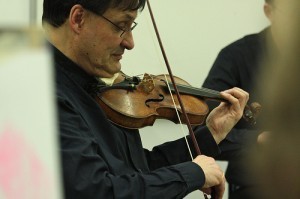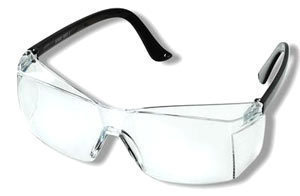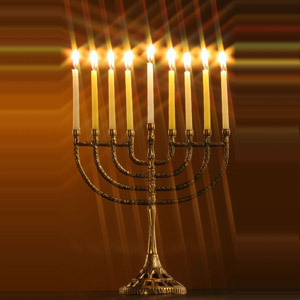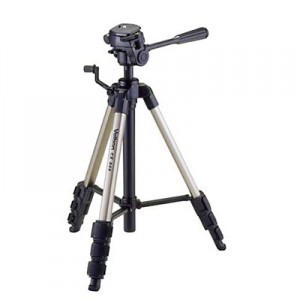Organ Dimensions
Primarily a keyboard instrument, the organ can be played using 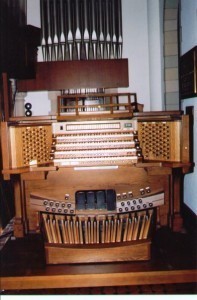 both feet and hands. It plays a very important role in music, which produces an interestingly unique but definitely pleasant sound. In the Western musical tradition, it is considered one of the oldest musical instruments. It is classified into various types, the most popular of which include the Hammond organ, reed organ as well as pipe organ. In addition to these basic facts, it is also good to know something about the different organ dimensions.
both feet and hands. It plays a very important role in music, which produces an interestingly unique but definitely pleasant sound. In the Western musical tradition, it is considered one of the oldest musical instruments. It is classified into various types, the most popular of which include the Hammond organ, reed organ as well as pipe organ. In addition to these basic facts, it is also good to know something about the different organ dimensions.
The Dimensions of an Organ
Organs vary in size depending on their classification. For instance, the dimensions of an average Hammond organ are 28 inches long, 48 inches wide and 38 inches high. Meanwhile, the dimensions of a Wurlitzer organ include a length of 25 inches, a width of 47 inches and a height of 37 inches. A standard Lowrey electronic organ is usually 36 inches high, 45 inches wide and 24 inches deep. The dimensions of a standard continuo organ are 44 inches by 33 inches by 20 inches.
The average height of a renaissance portative organ is 28.5 inches, the width 15.5 inches and the depth 7 inches. The average height of a mechanical action chamber organ is 76.38 inches, the width 33.86 inches and the depth 21.26 inches. The width of a Flentrop cabinet organ is 46 inches, its height 72 inches and its depth 44 inches. Other cabinet organs measure close to 42 inches by 28 inches by 83 inches. A single manual organ measures 96 inches high, 60 inches wide and 22 inches deep.
Additional Facts and Other Interesting Details
One of the most popular types of organ is the pipe organ, which makes use of wind going through the pipes to create sounds. It features a keyboard touch, which does not affect dynamics. Furthermore, this part is considered non-expressive. It is custom-built for homes, concert halls and churches.
A smaller organ is often described as portative, which means that it is compact enough to be carried while playing. Likewise, it can also be called positive, which means that it can be placed easily in various locations.
In 1950, Laurens Hammond developed a special type of organ called the chord organ. It has some similarities with an accordion, particularly the chord buttons designed for use by the left hand. The Hammond organ was launched in the 1930s, which became the very first highly successful electric version of the organ.
Starting from the 1980s, digital organs have been in circulation, which feature sampling to make sounds. Today, there are different types of mechanical organs available such as the dance organ, the fairground organ as well as the barrel organ.
